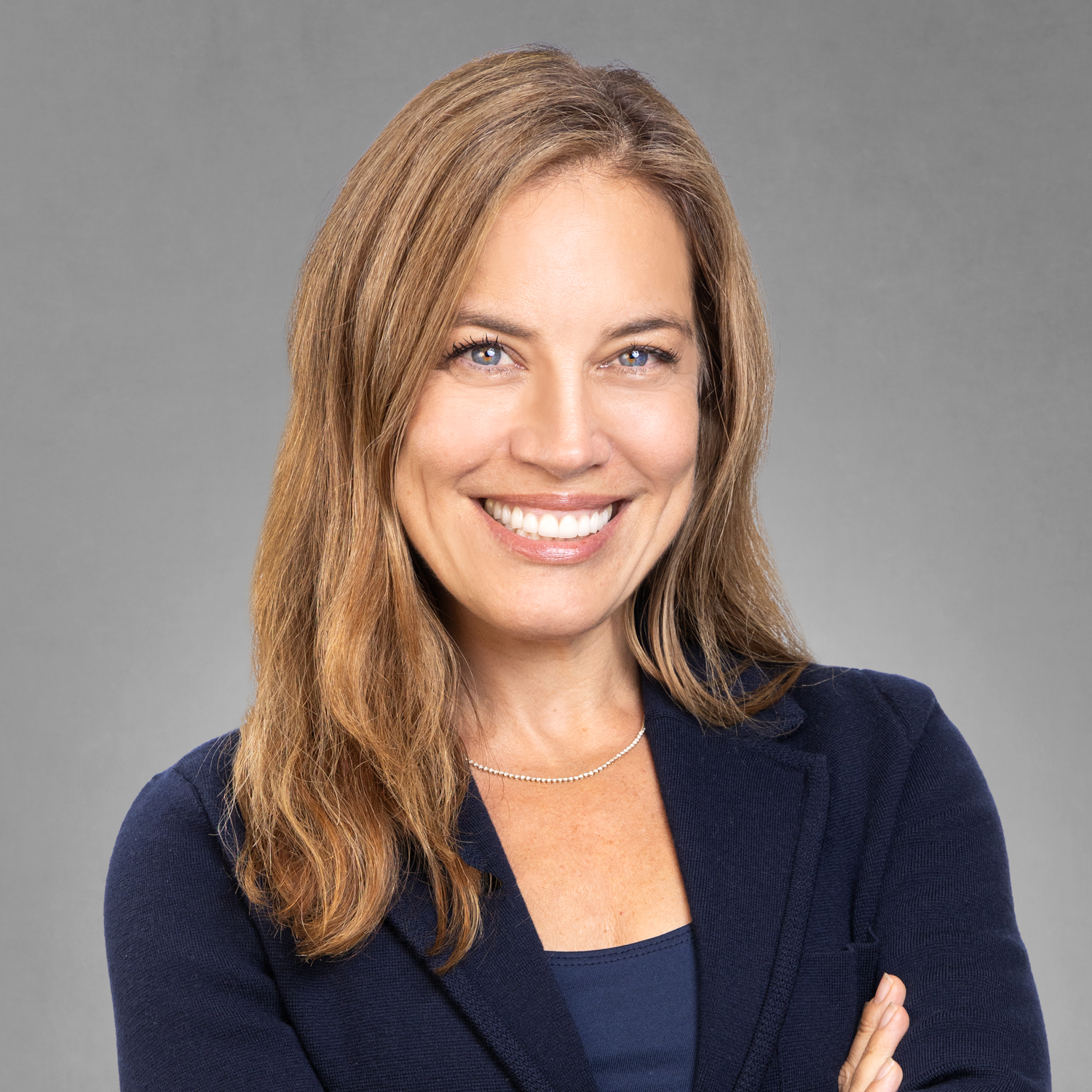Canada

January 24, 2024
SMU Community Chat: Iron ore market update with CRU’s Erik Hedborg
Written by Laura Miller
With most American steel made via the EAF route, the iron ore market does not get much attention in the US. But a key ingredient in making steel from scratch, it’s a critical commodity traded widely on the global market.
SMU’s Jan. 24 Community Chat gave viewers an update on the current state of the global iron ore market. Erik Hedborg, principal analyst at CRU focusing on iron ore, joined SMU Managing Editor Michael Cowden to discuss this important steelmaking input.
The US participates very little in the global ore market, Hedborg said. Most iron ore mining here happens in Minnesota and Michigan, supplying the “Great Lakes bubble” – where the blast furnaces operated by Cleveland-Cliffs, U.S. Steel, Algoma Steel, and Stelco are located.
Cliffs and U.S. Steel are the main ore miners in the US. Utah Iron is another that operates in the western part of the country.
The US is more of a player in the iron ore pellet market, according to Hedborg, as pellets are widely used in blast furnaces here. He noted that higher pellet rates result in lower carbon emissions, which is helping the US steel industry maintain its status as the lowest carbon emitter globally.
Exporting ore from the US can be challenging due to the high cost, Hedborg said. Most exports must leave through the St. Lawrence Seaway or Louisiana via the Mississippi River. Still, the US exported 3 million metric tons of iron ore in 2023.
On the import front, direct-reduced iron (DRI) pellets are sourced mainly from Brazil, Canada, and Sweden to supply DRI plants in Texas and Louisiana.
Supply-side disruptions have continued after the Covid-19 pandemic, Hedborg stated. Brazil’s ore supply has still not recovered after a dam accident in 2019, and supplies from Ukraine and Russia have been interrupted due to the ongoing conflict there. Supplies were further constrained when LKAB suffered a train derailment in Sweden in late December.
Despite the disruptions, Hedborg expects the supply of iron ore globally to gradually increase in the coming years.
Australia and Brazil are the leading suppliers of iron ore to the global market, accounting for 57% and 23% of global exports, respectively. Canada is also a key supplier, number three on the worldwide market, but its share of exports is much lower at just 4%.
As for iron ore demand, China is the one to watch, accounting for 73% of global imports. About 90% of China’s steelmaking occurs via the BF route (vs. roughly 25% in the US), resulting in a very iron-ore-intensive steel industry there.
China is the world’s largest steel producer, but Hedborg said to expect a gradual decline in Chinese crude steel production in the coming years. Demand for iron ore will decline in tandem, as no other region can offset that sort of decline, he said.
When asked if China will convert more to EAF steelmaking, Hedborg said there are two main reasons for the slow rate of change from integrated steelmaking: The first is that EAF steelmaking is very energy-intensive, and China has some of the world’s highest power costs, making EAF steelmaking less attractive for Chinese producers. Additionally, he said there is a temporary scrap shortage in China that isn’t expected to change until 2030-35. The use of EAFs in Chinese steelmaking is expected to increase from 10% to 15-20% in about ten years, Hedborg predicted.
To watch a replay of the full conversation with Hedborg, visit the Previous Webinars section of SMU’s webpage.
Timna Tanners, equity analyst at Wolfe Research, will return for another Community Chat on Wenesday, Feb. 7, at 11 a.m. ET. Join us to hear Tanners’ 2024 outlook for the flat-rolled steel industry. You can register here.







